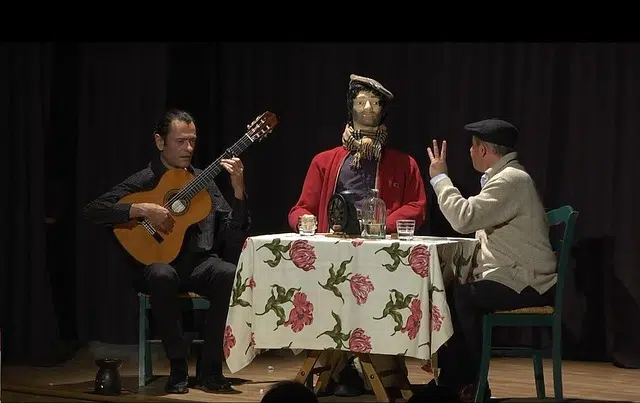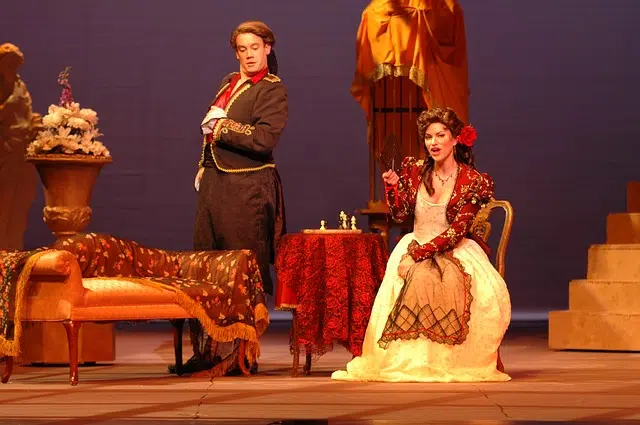
Props serve as a complement to a staging.
The idea of props refers to a group of tools . Tools, on the other hand, are utensils , instruments or tools that have some type of utility (that is, they serve a purpose).
Props are called, in this way, the elements that are used in television , film and theater to complement a staging . The props, costumes and scenery allow a performance to develop before the public.
For example: "I liked the play, although the props seemed a little poor to me" , "We will have to invest money in the props" , "All the elements of the props are manufactured in the theater workshop" .
Importance of props
A cup, a bottle, an umbrella, a mirror, a television and a suitcase can be part of the prop. The importance of these objects depends on each work : in some cases, they are barely part of the set, while in others they are key to the development of the story.
A mirror can be placed on a wall without the characters paying attention to it. But it can also become essential to the plot if a character observes through it that someone is approaching with the intention of attacking him, giving rise to a fight scene.

In opera, props are often used to renew or update proposals.
The case of the opera
It is important to note that scripts do not usually require a specific type of prop, despite mentioning and describing various elements of the scenes. This opens the doors to a great variety depending on the person in charge of the direction , since each one can contribute their own vision of the story. Although there are certain limiting elements in the works, such as the period and the contemporaneity with certain real historical events, directors usually take as much license as they can when taking their works to the stage or the big screen.
This is seen very often in opera, especially since the end of the last century. Faced with the decline in popularity of certain operas that had been performed hundreds of times, such as the well-known " The Barber of Seville ", " La Traviata " and " Lucía de Lammermoor ", some régisseurs (the people in charge of making related decisions with the image of the staging, among other fundamental aspects) began to opt for settings that seemed to have little in common with the text, and this divided the audience into two well-marked groups.
Although in some cases the differences between the props traditionally used for a play and the ones a revolutionary director chooses to give it new life are not so drastic, sometimes the audience's discontent centers on a question of "taste": changing the type of clothing and the characteristics of the furniture and firearms is one thing, but very often aesthetics are violated by presenting staging that lacks color, depth or harmony .
Types of props
It is possible to distinguish between the following three types of props:
* emphatic : in this group is everything that is essential for the plot and for its understanding by the audience . For example, the dagger with which one character murders another;
* hand or character : these are all the objects that the actors must manipulate, such as a book, a cane or a glass of water;
* scene : the elements that remain on the stage throughout an entire scene, or the performance as a whole. For example, a window or a lamp.
The notion in sport
In the field of sports , the set of elements used by players in competitions and training is known as props: t-shirts, cleats, balls, etc.
The person in charge of taking care of and managing these elements is the prop man of each team.
